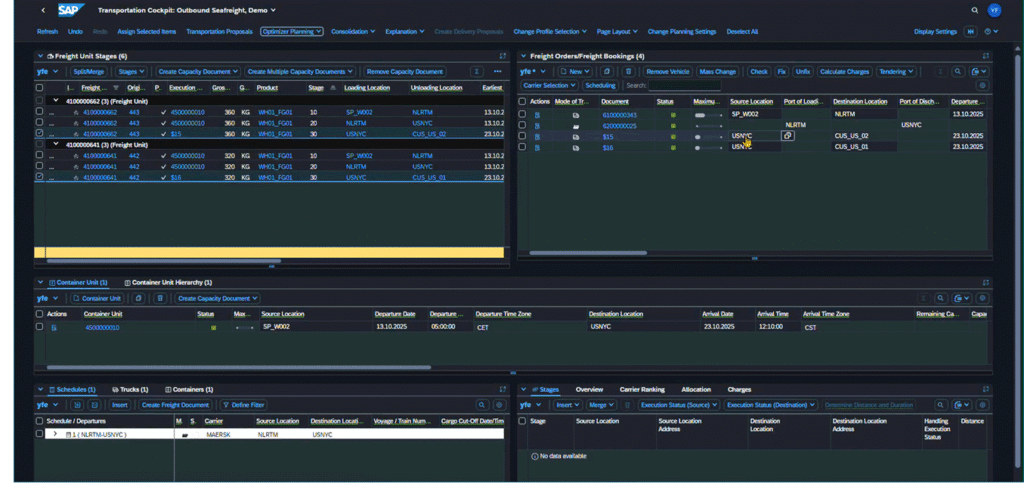Share this article
Follow us on Linkedin
A Coyote logistics survey in 2022 found that 82% of shippers worldwide use third-party logistics (3PL) services for at least some of their freight, whereas 38% of them rely on 3PL service* providers for the majority of their shipments. In markets with relatively simple domestic logistics but highly complex international order fulfilment (due to cross-border complexity) – such as the United Kingdom and Ireland – studies suggest that an even greater number of companies outsource their logistics. This way, shippers can focus on their core competence while benefiting from the scalable, cost-efficient services of 3PL companies, who in turn leverage economies of scale.
Whilst everybody focuses on the benefits, we need to see the disadvantages of outsourcing your logistics:
- Loss of control over logistics operations and customer experience
- Lock-in: Dependency on a single provider, creating business continuity risk
- Integration issues with your systems and the 3PL’s platforms
- Customer experience risks if the 3PL fails to meet expectations
- Hidden or rising costs from extra services or inflexible contracts
Each and every point of the above would justify an own thesis to analyse the full impact. However, since this is just a blog, we will limit ourselves to discussing the problem and its solution with SAP TM.
First and foremost, shippers with outsourced logistics focus on the order management in the Enterprise Resource Planning (ERP) and leave the planning of fulfilment completely to the service provider. Deliveries and shipments might be created in ERP, but their sole purpose is to match received invoices from the service provider against them. The shipper lacks active transportation planning and has no control over operations and customer experience. This is resolved easily by using SAP Transportation Management (SAP TM): The created sales and purchase orders are handed over from ERP to TM. SAP TM takes over the inbound and outbound planning, finding the best transportation options under consideration of defined criteria such as source and destination, cargo type, multimodal transportation offers, transshipments and other, definable business rules. This way, the shipper is back in the driving seat giving instructions to the service provider and actively steering the experience of its customers. Furthermore, SAP TM integrates several service providers via SAP Business Technology Platform and SAP Business Network for Logistics, leveraging a tendering process for transportation requirements. Instead of using the same service provider for everything and being locked in, TM enables a multi-service provider approach, always finding the best provider for a specific transportation requirement.
The integration of service providers is also used to receive status updates on the fulfilment: active tracking and tracing is in place for shipments, enabling the shipper to monitor the execution of transportation and to react to exceptions, improving the customer experience and meeting their SLA expectations.
In addition, you can eliminate unforeseen costs by using the freight settlement function in SAP TM. Contracts with service providers are reflected as Agreements, every possible service is stored as individual rate in the system. After fulfilment, the charges are calculated automatically by TM and handed over to the ERP system for either verification of received invoices or to use a complete self-billing procedure with the service providers. Either way, you take back control over your logistics costs.
As a final note: all the points can be achieved with automation routines in SAP TM. Taking back control over your supply chain does not mean that you need to increase work effort on your side.
If you want to regain control over your supply chain, reach out to us to discuss your personal situation. You can also join our webinar for deeper insights and system demonstrations on September 11th, 2025.
*3PL: 3PL, or Third-Party Logistics provider, is a company that offers outsourced logistics services to support various aspects of a business’s supply chain, including warehousing, transportation, inventory management and order fulfilment.


